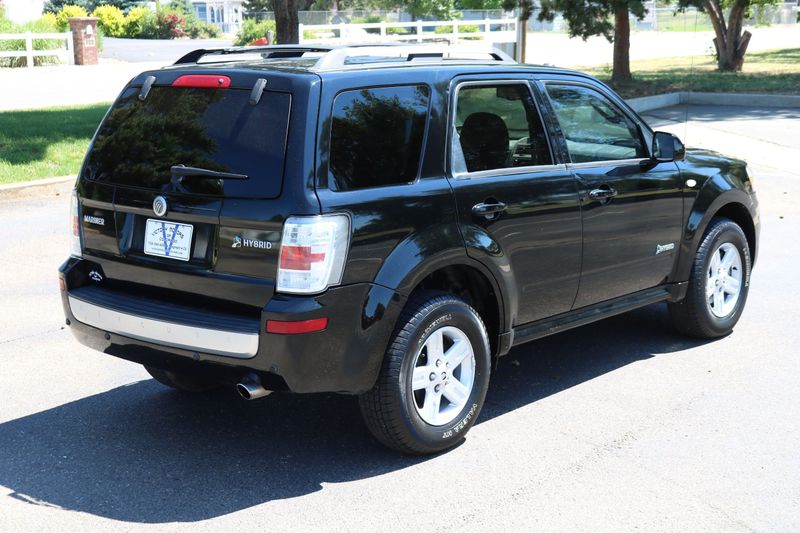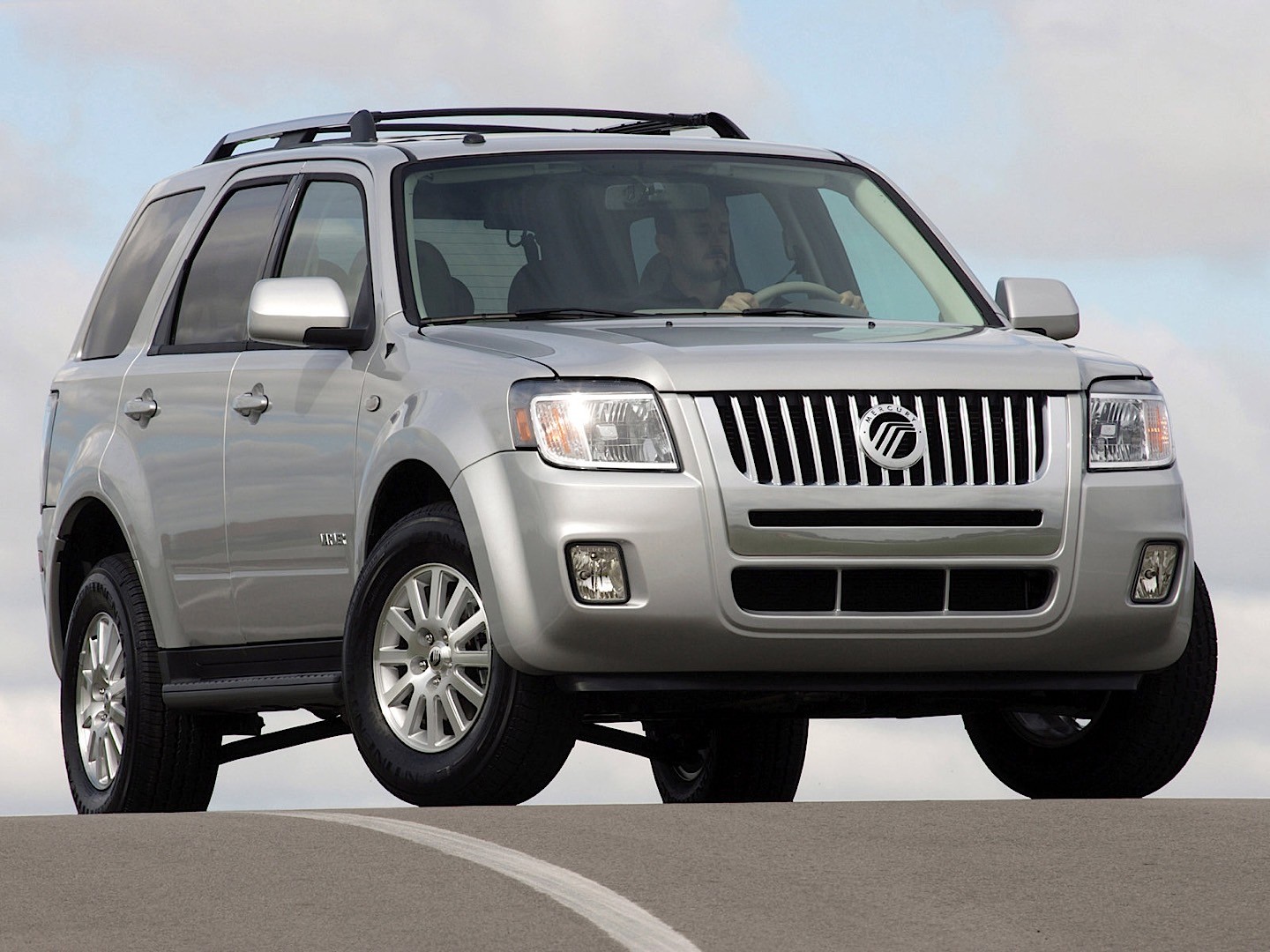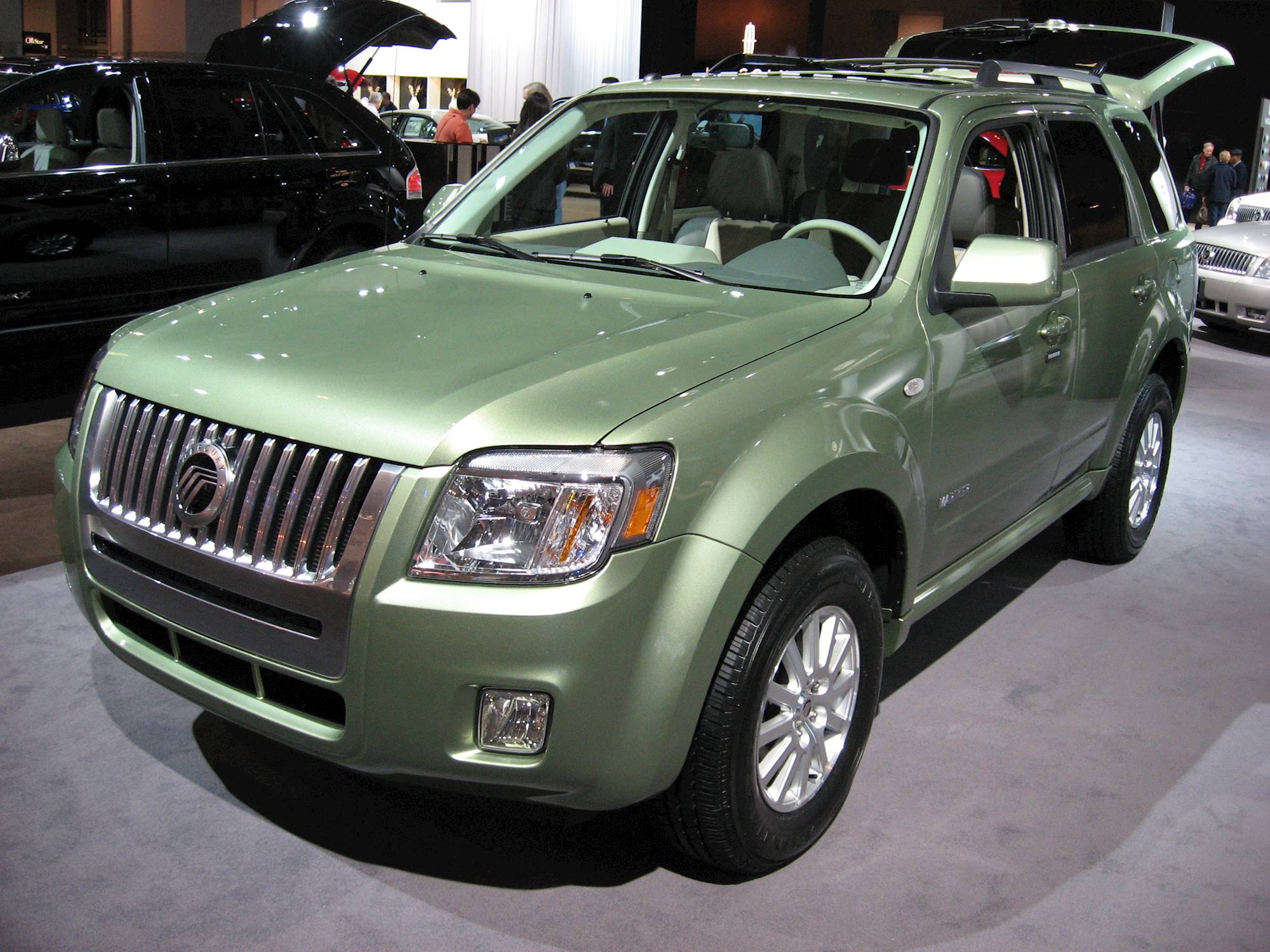

It, too, was available as an "H" version, producing much extra horsepower for racing and sporting use. The Mark 55H (high speed) developed more, but carried no rating.ĭue to a rather large gap between the Mark 25 (20 hp) and the Mark 55 (40 hp), Mercury brought out the 4 in line, approximately 30 cubic inch "Mark 30" (30 horsepower) engine for 1956, and produced versions of its "TurboFour" engine for several years. All of these were rated quite accurately at 40 horsepower. The Thunderbolt engine benefited from upgrades and updates, eventually becoming the Mark 40, Mark 50, and Mark 55 engines of the mid and late fifties.

This version put out nearly 40 horsepower, while being rated at "25+". There was soon an "H" version designed for high rpm use. This engine was rated at 25 horsepower, but actually put out around 28. In 1949, the company also introduced its first large outboard, the approximately 40 cubic inch, 4 cylinder in line, "Thunderbolt". "H" version Mercurys were mostly used for racing. There was also an "H" version, which produced more power but carried no rating. Initially rated at 16 horsepower, this engine was soon beefed up to 20. This engine later became the heart of the "Mark 25", of the mid to late fifties. It was renamed "Cruiser" at this point, and no longer called "Super 10". For 1952, this model was updated with a "forward, neutral, reverse" gearset, and a twist grip throttle. The 1951 kg-7 "Super 10" featured this engine, which developed around 16 horsepower. For 1951 the engine block, though still displacing 19.8 cubic inches, was updated a great deal, and given the name "Hurricane". This engine, also called the "Super 10", actually developed around 14 horsepower. Kiekhaefer introduced a 19.8 cubic inch, 10 horsepower (hp), two-cylinder alternate firing design engine at the 1947 New York Boat Show called the "Lightning" or KE-7.

Kiekhaefer Mercury foresaw that the average American's interest in boating would increase after the war. Mercury was awarded the contract, and was the world's largest chainsaw manufacturer by the end of the war. The Kiekhaefer powered chainsaw was able to cut through a 24-inch (610 mm) green log in 17 seconds, while it took the nearest competitor 52 seconds. Kiekhaefer designed a new lightweight chainsaw in 2 months. Army engineers had been unable to design a lightweight motor. World War II changed the corporate climate, and Kiekhaefer sought a government contract to design two-man air-cooled chainsaws. Kiekhaefer took more than 16,000 orders at the 1940 New York Boat Show. Kiekhaefer designed motors that withstood the elements better than his competition and called the motor Mercury (taking advantage of the "Mercury" Motor Car popularity at the time) whilst adopting the logo of the Roman god Mercury. The motors were much improved, so the buyer purchased more. Kiekhaefer and a small staff of employees rebuilt the motors and sold them to Montgomery Ward, a mail-order company. The purchase included 300 defective outboard motors. Kiekhaefer's original intention for the Kiekhaefer Corporation was to make magnetic separators for the dairy industry.
#MERCURY MARINER HOW TO#
How to flush mercury optimax.The Kiekhaefer Mercury company began in 1939 when engineer Carl Kiekhaefer purchased a small outboard motor company in Cedarburg, Wisconsin.


 0 kommentar(er)
0 kommentar(er)
